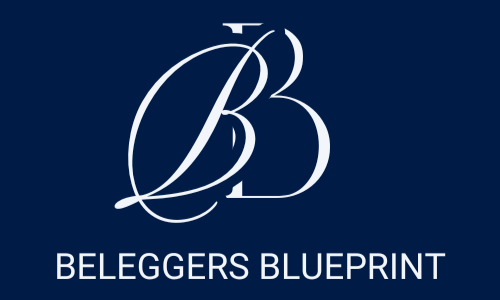Na een uitgebreidde studie van de best presterende aandelen van de afgelopen 100+ jaren dan valt op dat ze in een soort trappen patroon omhoog gaan. Ze maken sprongen van 20 – 50% omhoog om vervolgens een periode te consolideren of een kleine dip te krijgen. Om vervolgens weer verder omhoog te gaan. Dit is in de basis hoe de beste aandelen zich gedragen.
Dit patroon kun je als actieve belegger in je voordeel gebruiken om meer winst te behalen met minder risico. Oftewel een edge te krijgen in de markt.
Een simpele scan hiervoor is het zoeken naar de 1-2% van alle aandelen die het meest gestegen zijn in de afgelopen 1 maand, 3 maanden en 6 maanden. Daarmee vind je de aandelen die momenteel de leidende positie in de markt hebben.
There are 3 steps to this setup:
- A big move higher sometime in the past 1-3 months. This move can be anywhere from 30-100%+ and usually lasts a few days to a few weeks.
- An orderly pullback and consolidation with higher lows and tightening range in the consolidation phase.
- A range expansion (breakout) out of that consolidation. The consolidation phase is usually 2 weeks to 2 months. During the consolidation the stock price “surfs” the rising 10- and 20-day. and sometimes toe 50-day moving average.
How do you trade this setup?
- Identify the setups. You need to have a watchlist ready before the market open. You should also probably have alerts set, and know how many shares you want to buy.
- Enter on the opening range highs. The opening range highs can be the highs of the first 1-minute candle, the 5-minute candle or the 60-minute candle (on the 60-minute timeframe the first candle is always only 30 minutes, 9.30-10 AM). You can use whatever timeframe or a combination of them. You don’t even have to use any intraday chart, just look at the daily chart and enter when the stock is starting to break out.
This method can also be traded by anticipating the breakout but I don’t find it as effective and more skill and experience is needed. - Stop is always lows of the day and stop should not be wider than the ATR or ADR of the stock, to prevent the risk/reward mechanics getting out of whack. So if the ADR of the stock is 5%, your stop shouldn’t be wider than 5%. If the ATR if 50c, then stop should not be wider than 50c.
- You should sell 1/3 to 1/2 of the position after 3-5 days, and then move the stop to break even. The rest of the position should be trailed with the 10- or the 20-day moving average. Depends on how fast the stock is. If a beginner stick to the 10-day. You wait for the first CLOSE below the 10- day.
In a bullish market it is very common to get moves that are 10-20x+ your initial risk if you are good at setup selection.
There are variations of this setup but the premise stays the same.
I am a swing trader and use the daily chart to find these setups, but this setups also works on the weekly chart and the intraday (1- and 5-minute) charts. On the intraday timeframe this setup is called Holy Grail by some on the daily it can be called a hight tight flags sometimes. It’s pretty much flat channels, symmertrical and descending triangles. I’ve even drawn the lines to illustrate this on 2 of the examples below.
